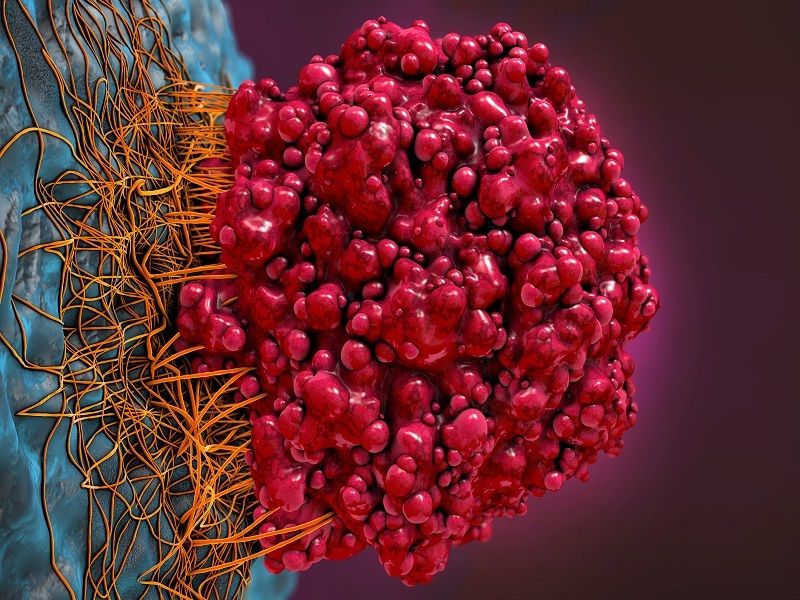What’s one way to prevent a traffic jam? Self-driving cars may have an answer:
Artificial intelligence–powered cars can put the brakes on stop-and-go traffic.

Since the very first module Zarya launched from Baikonur Cosmodrome on 20 November 1998, the International Space Station has delivered a whole new perspective on this planet we call home. Join us as we celebrate 20 years of international collaboration and research for the benefit of Earth with our astronaut Alexander Gerst’s longest timelapse yet!
In just under 15 minutes, this clip takes you from Tunisia across Beijing, China and through Australia in two trips around the world. You can follow the Station’s location using the map at the top right-hand-side of the screen alongside annotations on the photos themselves.
This timelapse comprises approximately 21 375 images of Earth all captured by Alexander from the International Space Station and shown 12.5 times faster than actual speed.

A GENETICALLY modified virus that kills cancer cells and destroys their hiding places has been developed by British scientists.
It targets both cancer cells and healthy cells that are tricked into protecting the cancer from the immune system.
The role of fibroblasts is to hold different types of organs together but they can get hijacked by cancer cells to become cancer-associated fibroblasts or CAFs.

“Campesinos” are driving the evolution of maize in North America.

A new show looks back over a half century of this surprisingly robust genre.

Women who trekked across Antarctica in the first-ever all-female expedition broke more than gender norms — they also busted the gender myth that, when it comes to extreme endurance exercise, women are weaker than men.
Sorry men, that’s not the case.
“Our findings contain some potentially myth-busting data on the impact of extreme physical activity on women,” lead study author Dr. Robert Gifford, of the University of Edinburgh’s Centre for Cardiovascular Science, said in a statement. “We have shown that with appropriate training and preparation, many of the previously reported negative health effects [of extreme exercise on women] can be avoided.”

Researchers at Virginia Tech are excited by a new drug that could help stop brain cancer spreading before it can do even more damage.
Despite being necessary for normal bodily functions, fluid in our bodies can sometimes work against us when we try to contain the spread of deadly conditions, such as brain cancer.
With glioblastoma, the deadliest of brain cancer, this fluid operates at a much higher pressure, resulting in the cancerous cells spreading across the brain at a much faster rate. To make things worse, one of the most common types of cancer therapy – whereby a catheter places a drug directly into the tumour – can accelerate the spread of cancer cells.

The future of the ISS is uncertain, so what does our future in space look like?